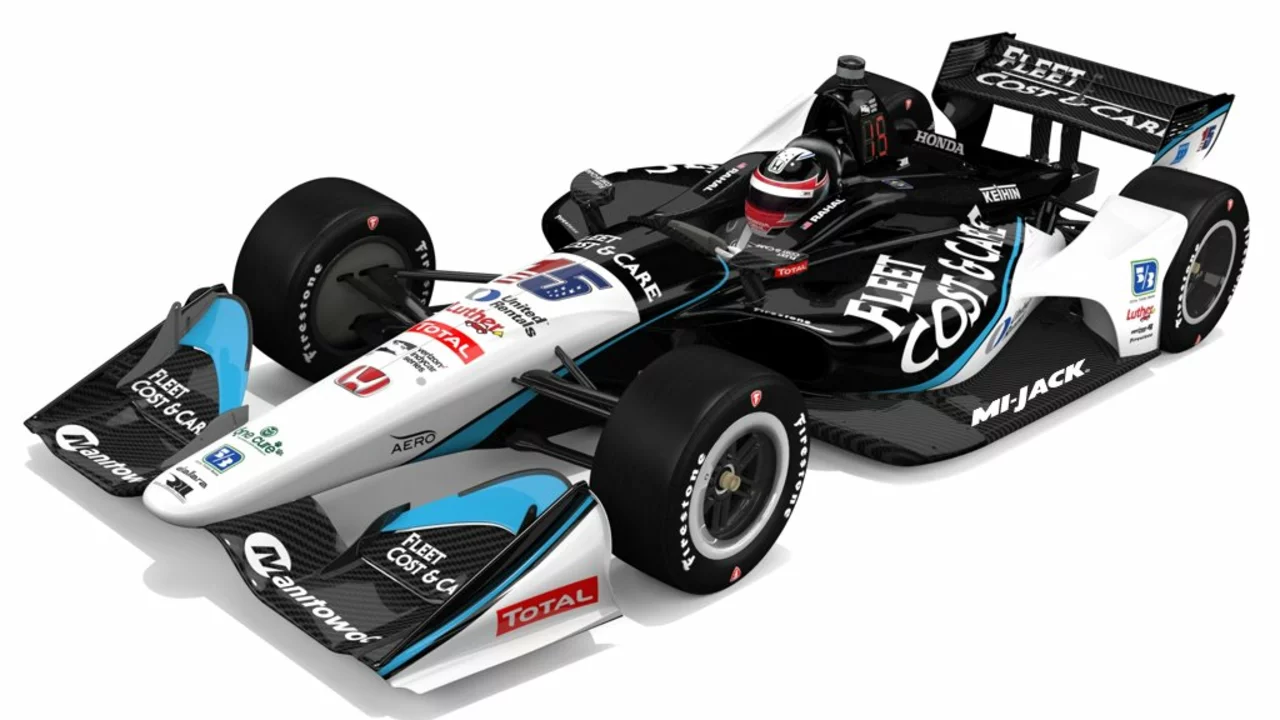Own Team: Step‑by‑Step Guide to Starting Your Own Racing Squad
Ever dreamed of seeing your own name on the podium? Running a racing team isn’t just for big sponsors – you can start small, learn fast, and grow big. This guide walks you through the basics, from the first idea to the day you line up on the grid.
Plan Your Budget and Find the Right Category
The first thing you need is a clear budget. Ask yourself: how much can you spend each month on parts, entry fees and travel? Most new teams begin in entry‑level series like club racing, karting or junior formula. Those classes keep costs low, let you test ideas, and still give you real track time.
Write a simple spreadsheet with three columns – "Cost", "One‑off" and "Recurring". Fill in things like chassis, engine, safety gear, tires, fuel, and race‑day fees. Add a line for "unexpected" expenses – it’s normal to run into surprise repairs.
Pick the Right People and Set Up Your Workshop
A good team needs a few key roles: a driver (or you), a mechanic, a data analyst and a manager who handles paperwork and sponsorship. If you’re on a shoestring budget, friends can wear multiple hats. What matters is clear communication – set up a weekly meeting, even if it’s just a quick call.
Your workshop doesn’t have to be a massive garage. A garage box, a rented shed or even a big garage door in your driveway works. Keep it tidy, label tools, and create a small parts inventory. Staying organized saves time on race days when every minute counts.
Choose the Right Car and Gather Data
Pick a car that matches your budget and the series rules. For many beginners, a well‑maintained used chassis with a reliable engine is the sweet spot. Look for a model with plenty of aftermarket support – that means you’ll find cheap parts and how‑to guides easily.
Once you have the car, start logging data. Even a basic data logger can record lap times, throttle position and brake pressure. Review the numbers after each session – you’ll spot where you lose time and where you can tweak settings.
Secure Sponsorship and Build Your Brand
Sponsorship doesn’t have to be a million‑pound deal. Local businesses love to support a community team. Offer them logo placement on the car, mentions on social media, and a few photos after each race. A simple flyer with your team name, contact info and a short story about why you race can go a long way.
Keep your online presence active. Post pictures of your build, short videos of track days, and quick updates on race results. Consistent content keeps sponsors interested and fans engaged.
Race Day Checklist
Before you roll into the circuit, run through a checklist: fuel level, tyre pressure, safety harnesses, fire extinguisher, and spare parts (like clamp bolts and hoses). Have a quick briefing with the crew – confirm who does what, review the track layout, and set clear expectations for communication during the race.
During the race, stay focused on the driver’s feedback. Small adjustments – a different brake bias or a tweak to wing angle – can shave off crucial tenths of a second. After the race, debrief with the team, note what worked, and plan the next upgrade.
Starting your own team is a mix of passion, planning and persistence. Stick to a realistic budget, keep your crew organized, and use data to guide improvements. Before long you’ll see your own colours on the podium and feel the pride of a team you built from the ground up.
